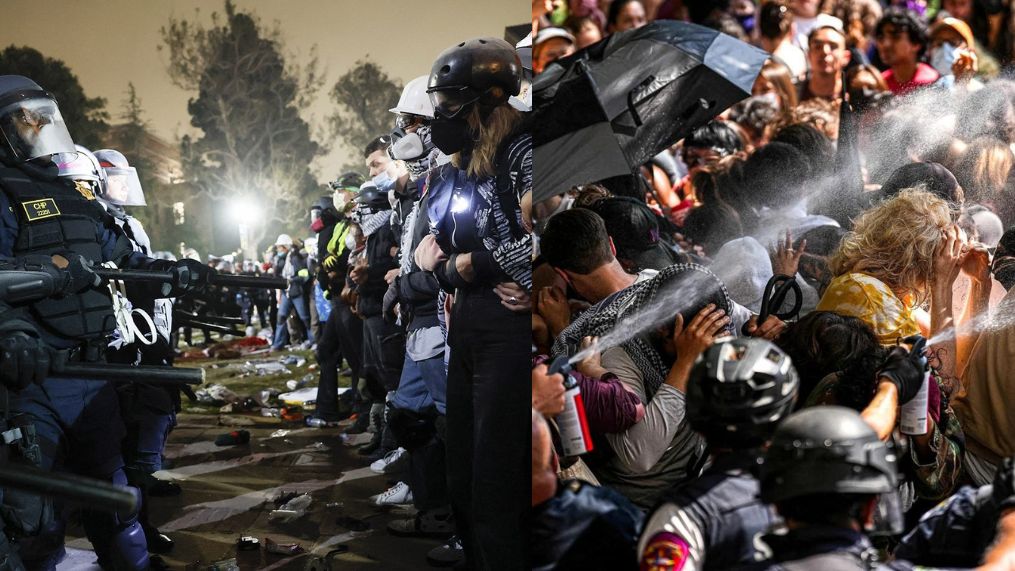In response to protests at U.S. universities over the past three weeks, police have conducted mass arrests, igniting debates over their efficacy and appropriateness.
Instances of nearly 300 arrests at Columbia University and City College of New York, as well as over 200 arrests at UCLA in Los Angeles, underscore the widespread nature of police intervention.
While some experts caution against drawing premature conclusions about police actions, others critique the use of outdated methods in handling large demonstrations.
They argue that police forces have been slow to adapt lessons learned from the racial justice protests of 2020, which led to costly legal settlements due to misconduct toward demonstrators.
The Appeal, a nonprofit news organization, reported over 2,600 demonstrators detained in more than 100 protests across 39 states and Washington, D.C. Charges mainly include trespassing, with additional allegations such as assault of a police officer, criminal mischief, and burglary.

However, some prosecutors have dismissed cases, citing lack of probable cause. For instance, after a police intervention at the University of Texas at Austin, charges against 57 individuals were dropped.
Experts highlight that mass arrests often lack specificity, leading to the inclusion of bystanders or those charged with minor offenses.
The handling of protests reflects broader discussions around modern policing strategies. Recommendations from reports, such as limiting mass arrests and minimizing the use of “less-lethal” munitions, emphasize the importance of engaging with protesters and establishing trust.
Yet, challenges persist in implementing these recommendations. Some police departments remain entrenched in outdated approaches, emphasizing force over mediation.
The decision-making process of universities, like Columbia’s call for police intervention, is also under scrutiny, with questions arising about its impact on escalating tensions.




